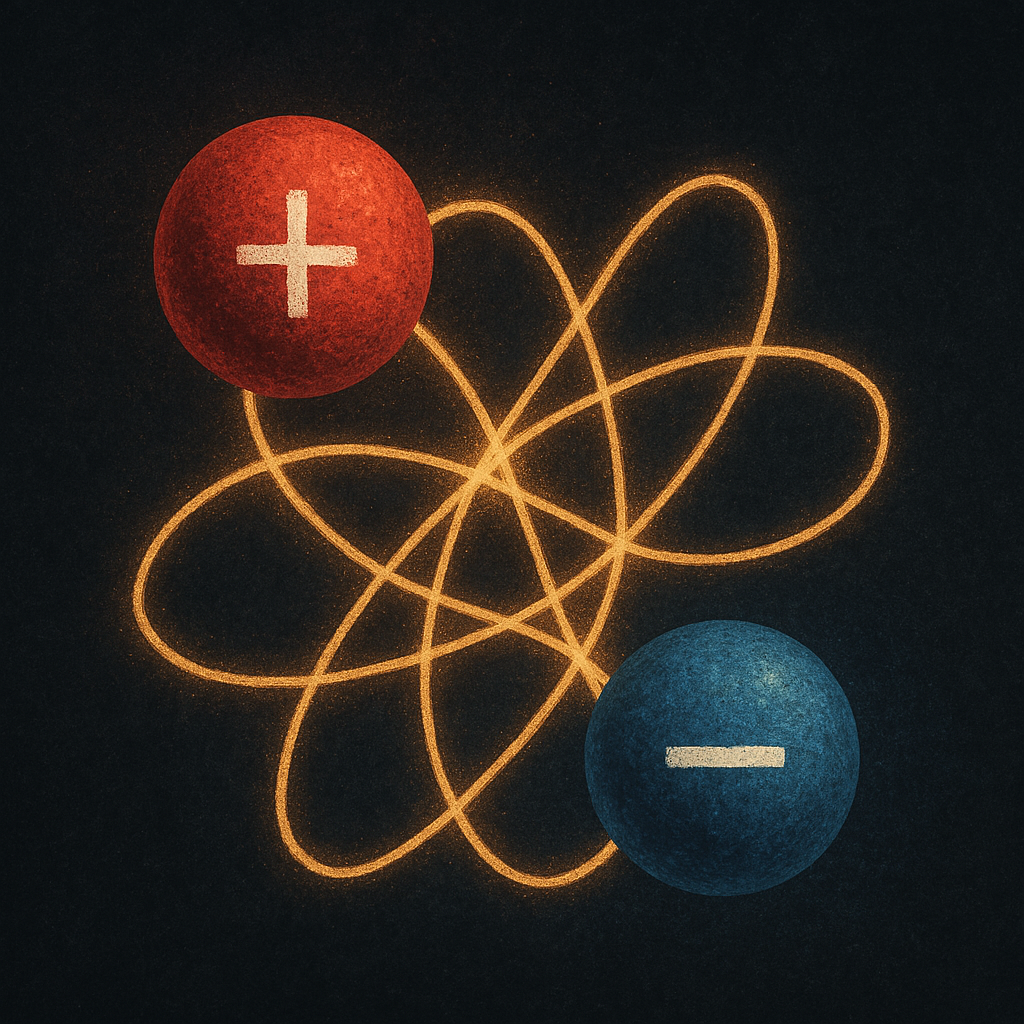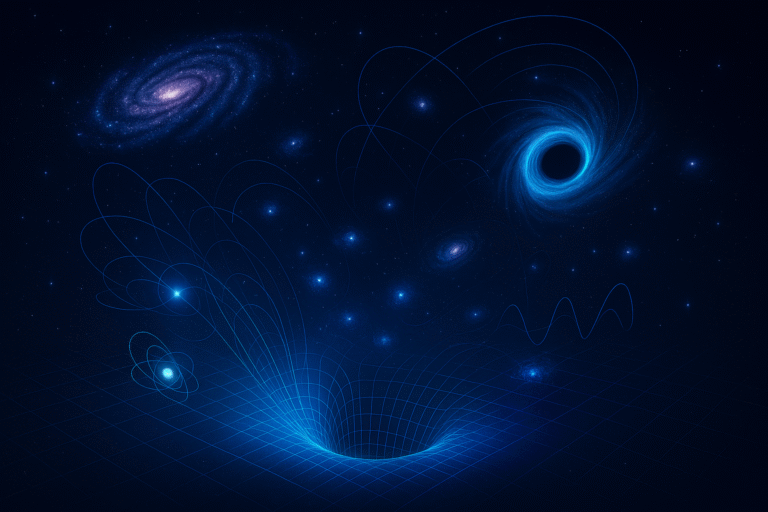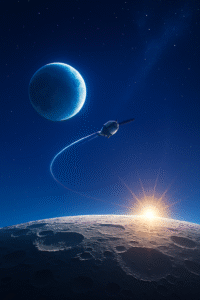They communicate instantly across galaxies, laugh in the face of relativity, and may prove that reality itself is an illusion. Welcome to the world of quantum entanglement.
What if you flipped a coin in New York—and someone in Tokyo instantly knew it landed on heads? Sounds like sci-fi, right? Welcome to the world of entangled particles, a real and verified quantum phenomenon that has physicists both awestruck and puzzled. Entangled particles behave in ways that classical physics says are impossible—and yet, they’re very much real.
In this article, we’ll explore five jaw-dropping ways quantum entanglement completely overturns our traditional understanding of how the universe works. And trust us—this isn’t just theoretical mumbo-jumbo. The implications are already shaping the future of technology, cybersecurity, and even our understanding of reality.
🧠 Quick Summary: What Is Quantum Entanglement?
Quantum entanglement happens when two particles become so deeply connected that the state of one instantly determines the state of the other—no matter how far apart they are. These particles can be separated by kilometers, or even light-years, and still behave like they’re communicating instantaneously.
Einstein famously dismissed this phenomenon as “spooky action at a distance.” But decades of experiments have confirmed it’s not only real—it’s the cornerstone of emerging quantum technologies.
🔍 5 Mind-Bending Reasons Entangled Particles Defy Classical Physics
1. 🚀 They Break the Speed Limit of the Universe
According to Einstein’s theory of relativity, nothing can travel faster than the speed of light. Yet entangled particles seem to exchange information instantaneously—even across vast distances.
- In experiments, when one entangled particle is measured, its partner’s state is instantly known, even if it’s on the other side of the planet.
- This behavior violates locality, a core principle of classical physics that says objects can’t influence each other faster than light allows.
👉 Read more about quantum non-locality from Scientific American
2. 🌌 They Disprove the Principle of Locality
In classical mechanics, all interactions are local—meaning an object can only be affected by its immediate environment. Entangled particles defy this.
- When you measure one particle, the other reacts no matter the distance.
- It suggests the universe might be more interconnected than we ever imagined.
This kind of non-local interaction isn’t just a head-scratcher; it undermines the very architecture of classical physics.
3. 👀 They Make Observation Change Reality
Entangled particles don’t have fixed properties until they are measured. Until then, they exist in a superposition—a mix of all possible states.
- Measuring one entangled particle “collapses” the wave function and instantly sets the state of both particles.
- This means the act of observation itself changes the system, defying classical logic, which assumes objects have objective properties whether we look or not.
In short: in the quantum world, what you see is literally what you get.
4. 🎲 They Eliminate Predictability from Physics
In classical physics, if you know the conditions of a system, you can predict its future. Quantum entanglement says: “Not so fast.”
- You can’t predict the outcome of a quantum event with certainty—only its probability.
- This randomness isn’t due to ignorance; it’s built into the fabric of quantum reality.
That means the universe is not entirely deterministic—a radical departure from Newtonian physics.
5. 🧩 They Crush the Idea of Hidden Variables
Einstein and others theorized that “hidden variables” might explain entanglement without breaking classical laws. But they were proven wrong.
- Bell’s Theorem, and experiments that followed, showed that no local hidden variable theory can reproduce the results of quantum experiments.
- The conclusion? The world really is non-local and indeterministic.
This not only upends classical physics—it validates the weirdness of quantum mechanics as the best description of nature we have.
🔮 Why It Matters: Real-Life Impact of Quantum Entanglement
You might be wondering: “Cool science, but how does this affect me?” Here’s how:
💻 Quantum Computing
Entanglement is at the heart of quantum computers, which could solve problems in seconds that would take classical computers millennia.
🔐 Unbreakable Encryption
Quantum communication promises totally secure messaging. If a hacker tries to eavesdrop, the entanglement breaks—and you’ll know instantly.
🛰️ Instant Communication?
While we’re far from sci-fi teleporters, researchers are working on quantum networks that could lead to instant, secure communication across the globe.
🤔 Rethinking Reality
Entanglement suggests that the universe doesn’t follow the neat, predictable rules we once believed. It pushes us to rethink what is real, what is random, and how we fit into this strange quantum puzzle.
🧭 Final Thought: Classical Physics Had a Good Run
Quantum entanglement is not just a quirky glitch in nature—it’s a signpost pointing to a deeper, more mysterious reality. As scientists continue to explore this strange frontier, one thing is clear: the universe is weirder than we ever imagined.
So next time you hear the phrase “spooky action at a distance,” remember—it’s not science fiction. It’s quantum science, and it’s already reshaping the world around us.
📲 Enjoyed this breakdown? Share it with your science-loving friends and follow us for more fascinating dives into the future of physics and tech!
#QuantumEntanglement #QuantumPhysics #PhysicsExplained #TechFuture #ScienceNews #QuantumComputing #SpookyAction #QuantumReality










